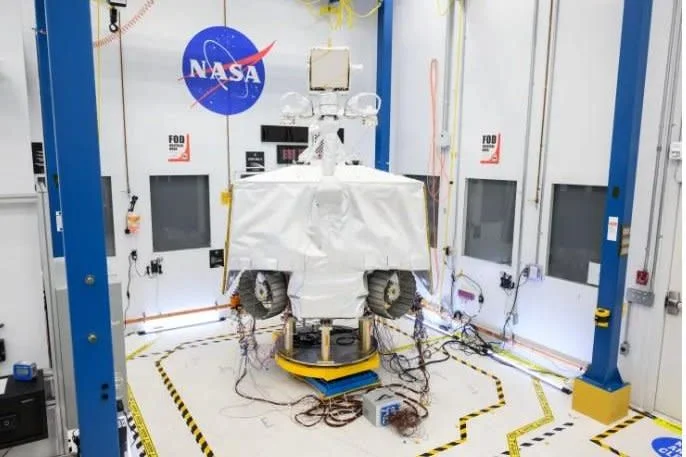
NASA Reworks VIPER Lunar Rover Mission: New Paths to the Moon’s South Pole
In an unexpected turn, NASA has retracted its plan to engage a commercial partner for the Volatiles Investigating Polar Exploration Rover (VIPER) mission. This change in direction leaves the future of the water-seeking rover uncertain, but NASA assures it's exploring alternative approaches to get VIPER to the Moon’s South Pole.
The initial plan involved a commercial entity launching VIPER and managing its operations on the lunar surface, searching for water ice. However, NASA announced on May 7th that it's canceling the solicitation for partnership proposals it released in February. The news came as a surprise, even as NASA officials hinted at exploring alternatives during the Lunar Surface Science Workshop.
Nicky Fox, NASA associate administrator for science, stated at the workshop that the agency had evaluated initial proposals for delivering the rover at no cost to the government. However, as NASA posted on its blog, the organization cancelled the solicitation and is “opting to explore alternative approaches.” Joel Kearns, deputy associate administrator for exploration in NASA’s Science Mission Directorate, elaborated that they are considering different types of partnerships structured differently to generate stronger proposals, though details remain scarce.

This decision follows earlier setbacks. In July 2024, NASA initially canceled the mission, slated to launch on Astrobotic Technology’s Griffin lander, due to cost overruns and schedule delays. This was after already spending a significant amount on the rover's development.
Industry insiders had voiced concerns about the original partnership structure. Companies were expected to fully fund the launch and operation of VIPER while relinquishing data ownership to NASA, making it difficult to create a viable commercial model. Steve Altemus, chief executive of Intuitive Machines, highlighted the limited commercialization opportunities in March.
Despite the challenges, NASA remains committed to the VIPER mission. The rover, fully built and tested, is currently in storage, awaiting its lunar journey. NASA aims to utilize VIPER data to map water resources, a crucial step for the Artemis missions and establishing a long-term presence on the Moon. VIPER is designed to explore the extreme environment of the moon’s south in search of ice and other potential resources.

The agency is now focusing on identifying new alternatives to ensure VIPER reaches the Moon. Nicky Fox stated, "We look forward to accomplishing future volatiles science with VIPER as we continue NASA's Moon to Mars exploration efforts."
What do you think about NASA's revised approach to the VIPER mission? How will this impact lunar exploration and the Artemis program? Share your thoughts and predictions in the comments below.